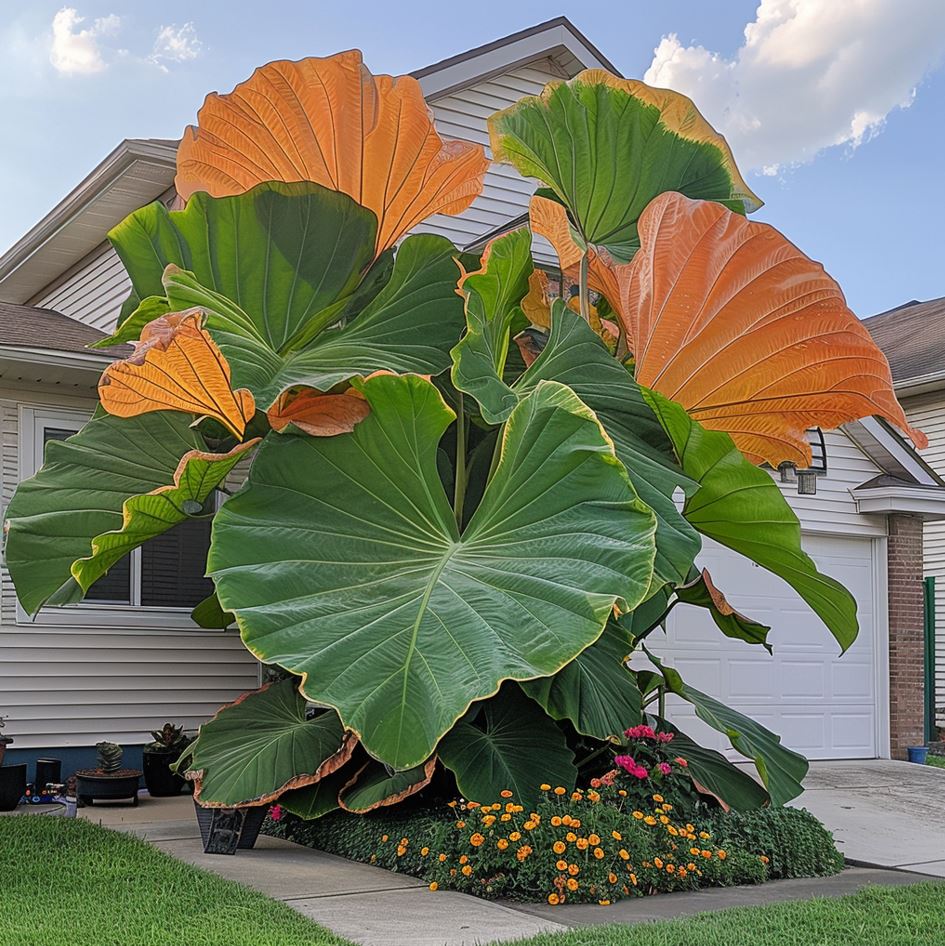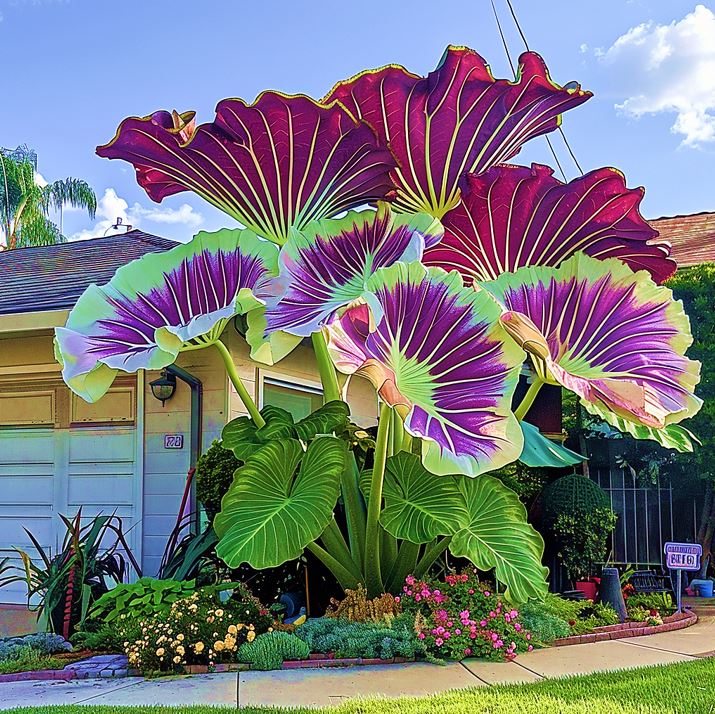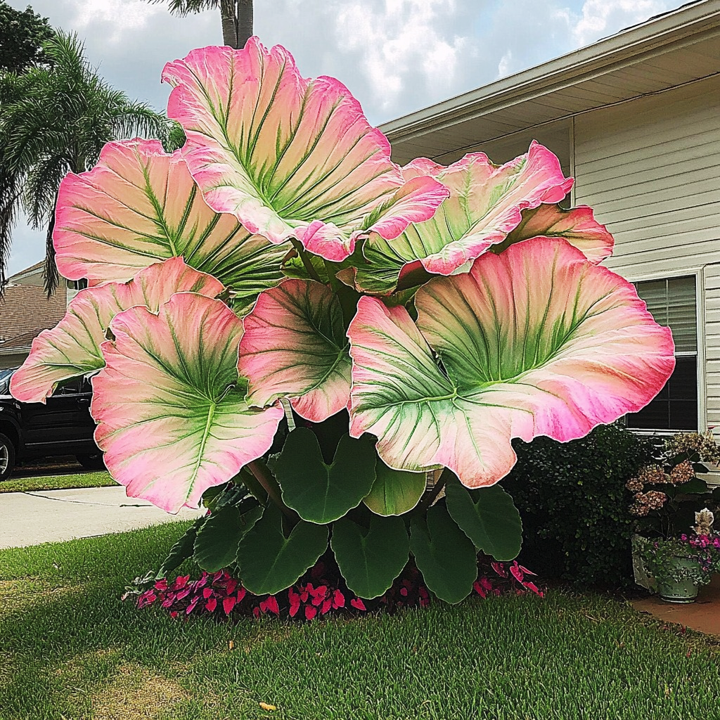Growing Colocasia gigantea, commonly known as the Thailand Giant or Giant Elephant Ear, is an adventure in basking in the lushness of tropical aesthetics. Picture yourself surrounded by gigantic leaves that invite admiration—it’s not just a plant; it’s a statement. To successfully cultivate this magnificent species, one must consider its natural habitat, which thrives in warm, humid environments reminiscent of Southeast Asia.

Ideal Growing Conditions
Light Requirements
Colocasia gigantea prefers partial sunlight rather than intense exposure to direct rays, which could scorch its grand foliage. A location that provides dappled light or filtered shade will encourage healthy growth without compromising leaf integrity . This requirement is akin to finding the sweet spot of sunlight on a summer day—the delicate balance between warmth and shade.
Soil Composition
Next, examine the soil: Colocasia gigantea adores well-drained soil rich in organic matter. Therefore, mixing peat, compost, and perlite creates a tapestry of nutrients while facilitating drainage. Think of it as creating a nutrient-rich smoothie—different ingredients work together for a beneficial outcome. The emphasis on ‘richness’ mirrors nature’s own playful layering of materials where decaying foliage meets robust earth.
Watering Needs
Watering plays a pivotal role in plant care. Colocasia gigantea thrives in moist conditions but is susceptible to root rot if overwatered. For best results, maintain consistent moisture, allowing the top inch of soil to dry out before re-watering. A gentle rhythm of hydration mirrors a heartbeat—neither too fast nor too slow, but just the right tempo to keep your plant singing.

Fertilization and Growth Support
Fertilization should take place regularly with a balanced, water-soluble fertilizer every month. Such nurturing helps in creating robust growth and vibrant leaf color, mimicking the way a skilled chef enhances flavors through thoughtful seasoning. Remember, though, moderation is key; excessive fertilization could lead to verdant foliage that compromises root health. Imagine crafting a complex dish—too much salt can drown out all other flavors.
Pest Management and Common Issues
While growing this exuberant giant, struggles may arise. Watch out for pests such as spider mites and aphids, which may target the undersides of the leaves. Regular inspection will be your best defense, akin to being a vigilant custodian of the rainforest. Natural methods, including introducing beneficial insects or using insecticidal soap, may serve as effective measures, echoing the environmental harmony found in its native biotope .

Propagation Techniques
When considering propagation, the best approach is division—a method that reflects generosity shared among plants. By carefully separating the tubers during repotting, you ensure not only the continued growth of your plants but also propagate new ones that can either populate your garden or be gifted to fellow enthusiasts. Each separated clump should have healthy roots, symbolizing the link between nurturing relationships and bountiful life.
In essence, cultivating Colocasia gigantea is not just about aiming for aesthetics; it offers a profound connection with nature’s cycles. As each season passes, observing the plant’s growth brings reflections upon one’s responsibilities, patience, joy, and adaptability. Bringing a piece of the tropics into your home conceptually unearths ages of symbiosis—the beauty of coexistence that adheres to humanity’s quest for sustainability and respect for nature.




